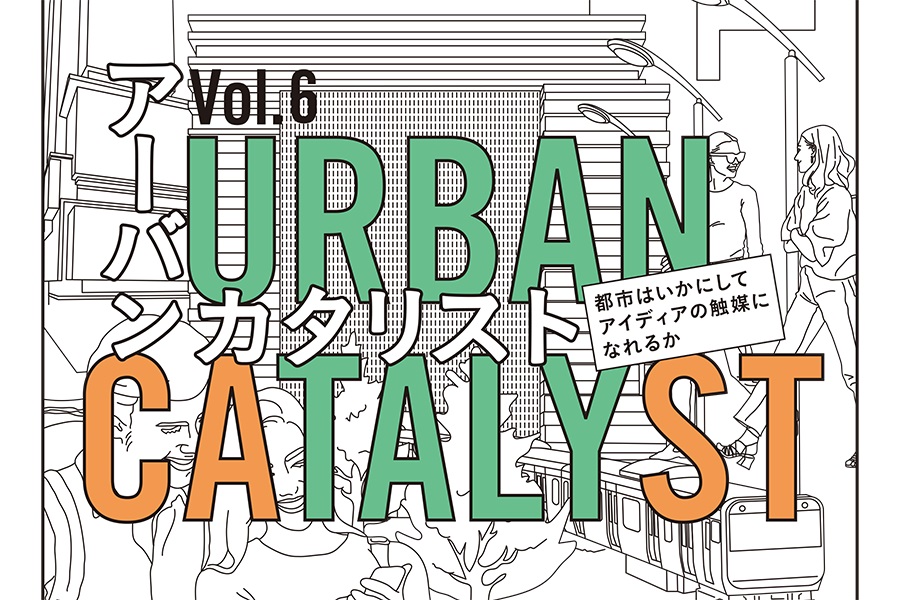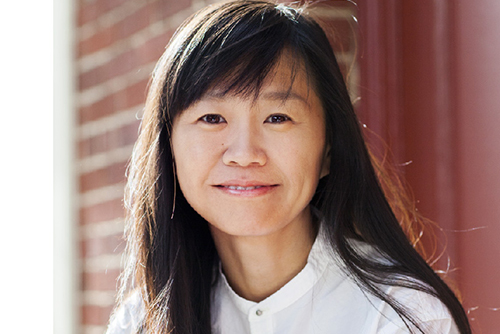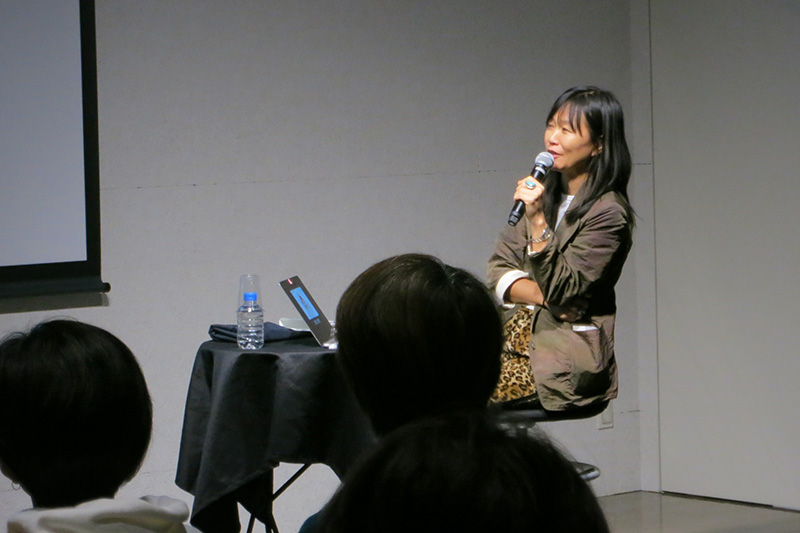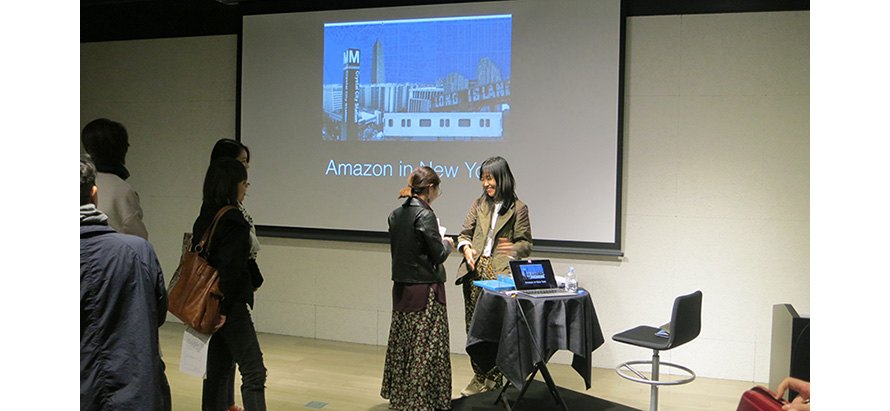Cultural project report
Exploring Brooklyn's Cultural Evolution: Insights from Yumiko Sakuma
This is a report from Urban Catalyst Vol. 6 on December 5, 2018.
We spoke with Brooklyn resident Yumiko Sakuma about New York City today.
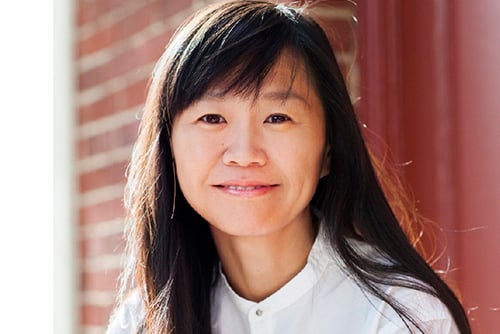
Catalyst: Yumiko Sakuma
New York-based writer, 22 years in the US.President of Sakumag.com. Author of "Hip Lifestyle Revolution" (Asahi Press) and "I Won't Wear Pinwheels" (Gentosha).
In October 2018, he published his first zine "Kings of BKK / Queens of BKK".
In December, she will publish My Little New York Times (numabooks), a compilation of her year-long diary.
Introduction of myself and my work
My name is Yumiko Sakuma.
I have lived in NY since 1998. I went to graduate school in Connecticut, the state next to New York, for two years before that, moved to New York in 1998, worked for a company until the end of 2002, and became an independent freelance writer in 2003. I was more of a writer for interview magazines. I've been doing this for a long time, introducing cool places and people in the US.
As I was responding to requests to introduce new places in magazines such as Brutus and Popeye, I began to think that if I connected the dots and lines of fashion, food, and other new things, I might be able to see a new trend, and I was asked to write a book. I put it all together in a book called "Hip Lifestyle. The result is "Hip Lifestyle Revolution.
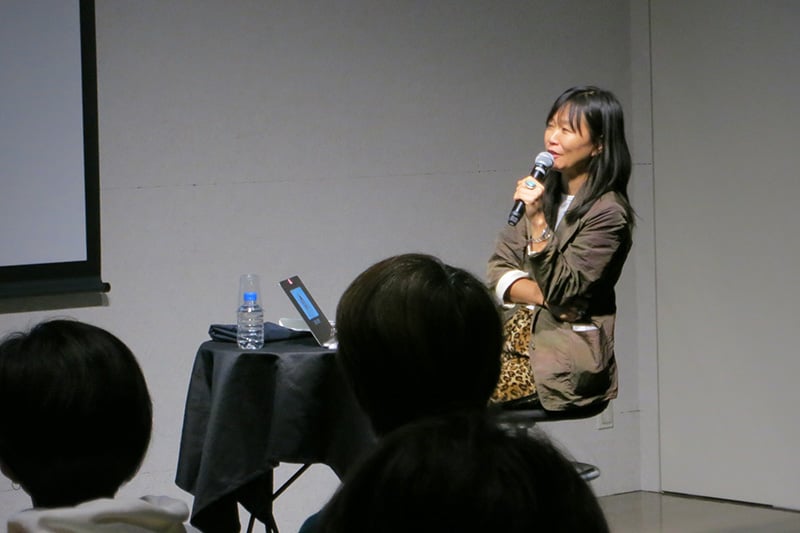
And now we are pleased to announce that "My Little New York Times" will be published in December.
The publisher, NUMABOOKS, is hosted by Shintaro Uchinuma.
The publisher, NUMABOOKS, is sponsored by Shintaro Uchinuma, who has written a book titled "The Book Strikes Back. He asked me, "Why don't you do something that most publishers don't do?" I was asked to participate in this event. At that time, I asked him what I could do. I have never written a diary, and I have never written a book," he said!
My birth.
My birthday is on the morning of July 5. In the U.S. time, that day is Independence Day, the 4th.
That is also why I am someone who took Donald Trump becoming president very personally. In fact, living in New York City, I feel the changes that have occurred since he became president, so I thought I would write about them. Since it is no use writing only about my feelings, I decided to write a series of daily memoirs on my website, connecting them with the world's movements and publishing them. With a major publishing house, the structure is designed to support a large number of people, and as an author, I sometimes only have a small part to play, but by daring to work with an independent publishing house, a lot of interesting things happened. I was involved in this project through sweat and tears with the staff, so if you would like to read about it, please feel free to do so.
Brooklyn culture in my neck of the woods in N.Y.
I'd like to preface this by saying that I live in a place called Greenpoint, NY.
It was originally inhabited by Polish immigrants.
The reason why I dared to move to Greenpoint is because I had been in Manhattan for a few years before, but I found it more interesting there and at the same time my friends moved there.
Myself, I also began to feel a sense of entrapment in high-rise buildings and the like that I had not felt when I was younger, and my interests changed. I had always liked alternative things, but my work for mainstream magazines also started to cover the Brooklyn area. Then, through a chance encounter, I was able to get into my current home and moved there.
The result was that I moved to the same NY City, but in a completely different part of the city than Manhattan.
After living here, the first negative I would say is the inconvenience.
While Williamsburg, which is considered a hip area, can go right into Manhattan, Greenpoint has a subway line called the G line (which goes from Queens to Brooklyn), but it does not go directly into Manhattan. The trains are also not on time, so there is a loss of time.
The plus side is the alternative nature.
It means that I can see things that are not established in Manhattan, but are interesting. I like to discover things that might be major in those things, so it is interesting and nice that it is happening right around my house. The other plus side is something like the warmth of the relationships.
We also have neighbors around our house, and although it is a city, there are warmer relationships than in Manhattan, such as offering each other food when we get sick.
"Why was Brooklyn culture so much fun?"
I am often asked this question in various places, but before the Lehman Brothers financial crisis of 2008, before Williamsburg, Brooklyn, etc. were popular, the cool values were to go to clubs and restaurants with stately, luxurious interiors, etc., and to be allowed in with dress checks, etc. They were judged on whether or not they were allowed in based on a dress code, etc., or they drank champagne in a hotel lounge. It was a bubbly atmosphere.
At the time, I also felt a sense of alienation, like I was being left behind in this town.
However, after the financial crisis, the economy seemed to deteriorate, and at the same time, the security situation also seemed to worsen. The shiny values that had been in place until then collapsed, and the creators, designers, and others around me who had been restructured began to do what they could, a little bit each, around themselves.
This is the kind of thing I wrote about in "The Hip Lifestyle Revolution".
Everybody started doing something small with the resources they already had, and the average consumer began to happily accept it. It may be an overstatement to call it a revolution, but such a change in consumer values is also quite significant.
For example, the mobile outdoor food market Smorgasburg.
They were making food alongside the flea market, and it became so popular that it attracted more and more customers, who formed lines, etc. The number of food makers increased, and now it has become a major tourist attraction.
There is an emerging sense of value that it is better to see the face of the creator and have something with warmth than to have something that is mass-produced and made in some other country.
Also, thanks to the development of the Internet, more and more brands have emerged that remove the plus-margin and connect directly with customers. Although many of the brands that emerged at this time did not survive, I believe that they created a new trend and form. Collectively, I call this the "Brooklynization of culture.
Craft culture, or so-called handmade markets, have existed in Japan and the U.S. for some time, but as a consumer culture, this has grown to such a scale that it cannot be ignored.
I think that behind this was the bursting of the bubble, and a change in mood, such as a sense of discomfort with things that are easy to understand and luxurious.
After that, there was a trend toward a more luxurious scale.
After that, there was a trend toward gentrification. Greenpoint is now being developed as an urban area, with some fairly upscale condominiums beginning to be built. Rents are now double what they used to be. There is no legal requirement to evict people who originally live in the area, and the rate of increase in price is not within the range set by the government. However, there are some people who try to evict people because they want money and are harassed. I wonder how long I will be able to live here, as the population is said to be 20,000 to 30,000 due to gentrification. Although the number of people living in this way will increase, it is also possible that artists and other people will seek new places to live and the population will flow out.
Platform Cooperativism unique to Brooklyn
Platform Cooperativism
As we've covered in Wired, how to live in today's platform economy
Platform Cooperativism
There is a movement called (in the words of a German researcher named New School).
Let's use the platform and do something in a cooperative way where we help each other! and help each other do projects.
An example is this website.
● Spacial https://www.spacious.com
A startup company called
Spaces
is a co-working space, a website that provides space for restaurants and other businesses that are available during the day.
● Up and Go https://www.upandgo.coop
In NY, we often ask people to do our cleaning.
The cleaning fee structure used to be a how much per room, but by networking,
the fee and schedule are controlled, and the person doing the cleaning is getting a larger share.
Brooklyn-born businesses and institutions
Brooklyn is also an area that tries to value independent stores over big capital.
There are old Starbucks and McDonalds, but they are not in vogue. In the midst of all this, there are businesses and establishments that have grown larger. This is connected to the platform introduction I mentioned earlier.
● Kickstarter https://www.kickstarter.com
The world's largest funding platform that allows creators to raise funds from around the world to bring their projects to life. It has grown into a somewhat large company.
But it is a B Corp (public benefit corporation), so instead of shareholders, it has declared public benefit and no IPO. The size of the company is this: we will keep the size of the company building in an old building in Brooklyn. They gather ideas, do a lot of work for the community, and are very empathetic.
● etsy https://www. etsy.com
This is a craft and vintage marketplace.
This company also once professed to be > a public benefit company, but stopped and received outside capital. As a result, the founder was shut out and now it is a completely different company.
● Multi-Purpose Complex Space A/D/O https ://a-d-o.com
Invested by car manufacturer MINI, the café area allows people to work in the space for no money, and 3D printers and other equipment are provided at a discount. The working area provides a place for creative people who have passed a rigorous screening process at a low rent.
There are also accelerator spaces where A/D/O people (after screening) can give advice and investment in management.
I sometimes assist in New York visits, and when Japanese companies visit here, they are surprised.
They say they don't understand whether this is a good thing or not for the management (i.e. MINI).
It is true that this is just a community activity. MINI is a car company, but in the future, they are going to be a company that supports urban living, and in that context, they see the benefit of being the first to connect with the designers and artists who represent Brooklyn. This is something that is hard to quantify. This is something that is hard to quantify. It is now very much appreciated by the community because it is beneficial for the artists to create and interact with each other. Thus, A/D/O is a new form of community and enterprise.
I encourage everyone to go to NYC if you have the chance.
Exodus of NY population / to other cities
I mentioned earlier a bit about the exodus of NY creators and others, and where they went to.
● Silver Lake, L.A.
This is the area where the creators are moving and saying the quality of life is better here.
● Hudson Valley in upstate NY
Artists are moving here. It is a traditionally conservative area because it is a rural area, but as these people move in, it is gradually becoming more progressive and slowly becoming a New York style value system.
● Detroit
You used to be known as the city of FORD cars. The population of the city declined considerably, peaking in the 1950s, as American cars stopped selling and the car industry slumped. In 2013, the city of Detroit filed for bankruptcy. Recently, when Amazon was looking for an office location, they applied for the open competition and hoped to revitalize the city, but Amazon ended up in New York City. It was a disappointment, but even so, there is now a new trend of artists entering the market, old values are changing, and there are more and more very interesting places to live.
Personally, I am now obsessed with Detroit.
I know I'm rambling, but it's time to go here.
Thank you very much.
Questions and Answers
Are they foreign or local people? Are there college students involved as well
Artists first move to an area looking for a cheap place to produce their work, then as the number of people increases, coffee shops and other places open up, and clothing stores increase as well.
This synergistic effect will make the city a hot topic.
The end result is that rents go up and artists tend to be evicted. ......
Now, as for college students living in NYC, it may be difficult unless you have a lot of money.
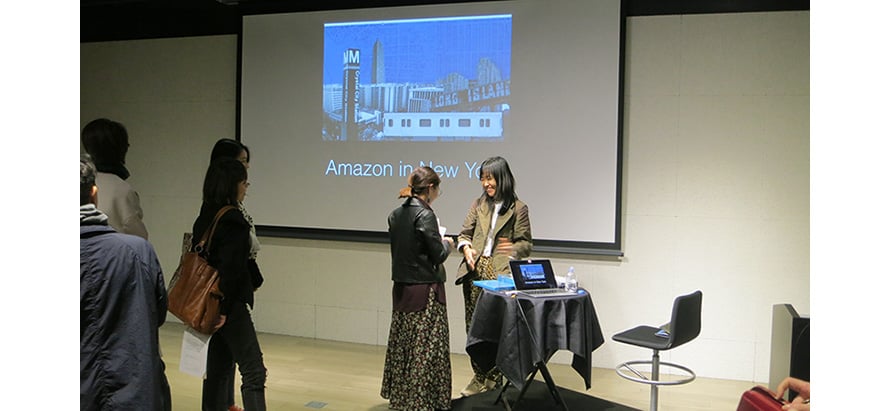
Event overview
| Date and time |
Wednesday, December 5, 2018 |
|---|---|
| Place | |
| Performers |
Yumiko Sakuma |
| Participation fee |
General: 1,000 yen / Students: 500 yen (tax included)
|
| 概要 |
Theater Workshop Inc.
Planning cooperation Archinetics Inc. |
|
|
Genre
- Seminar
Business area
- Organizer
- Event Planning
- Event Produce
- Event management


